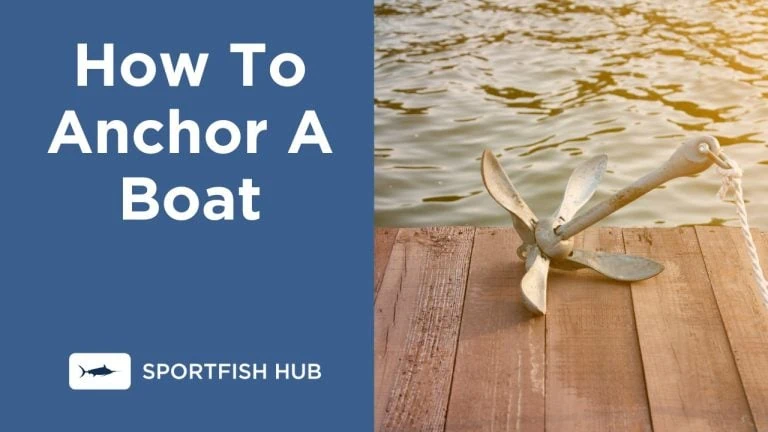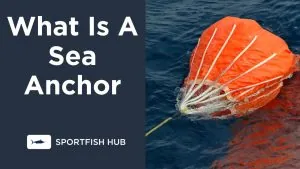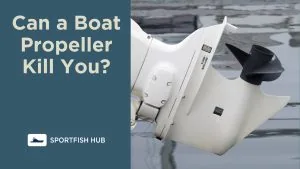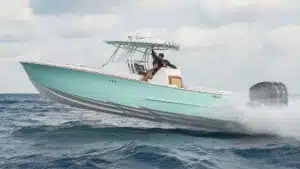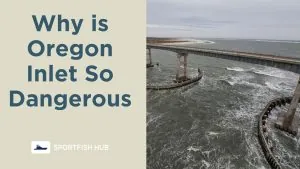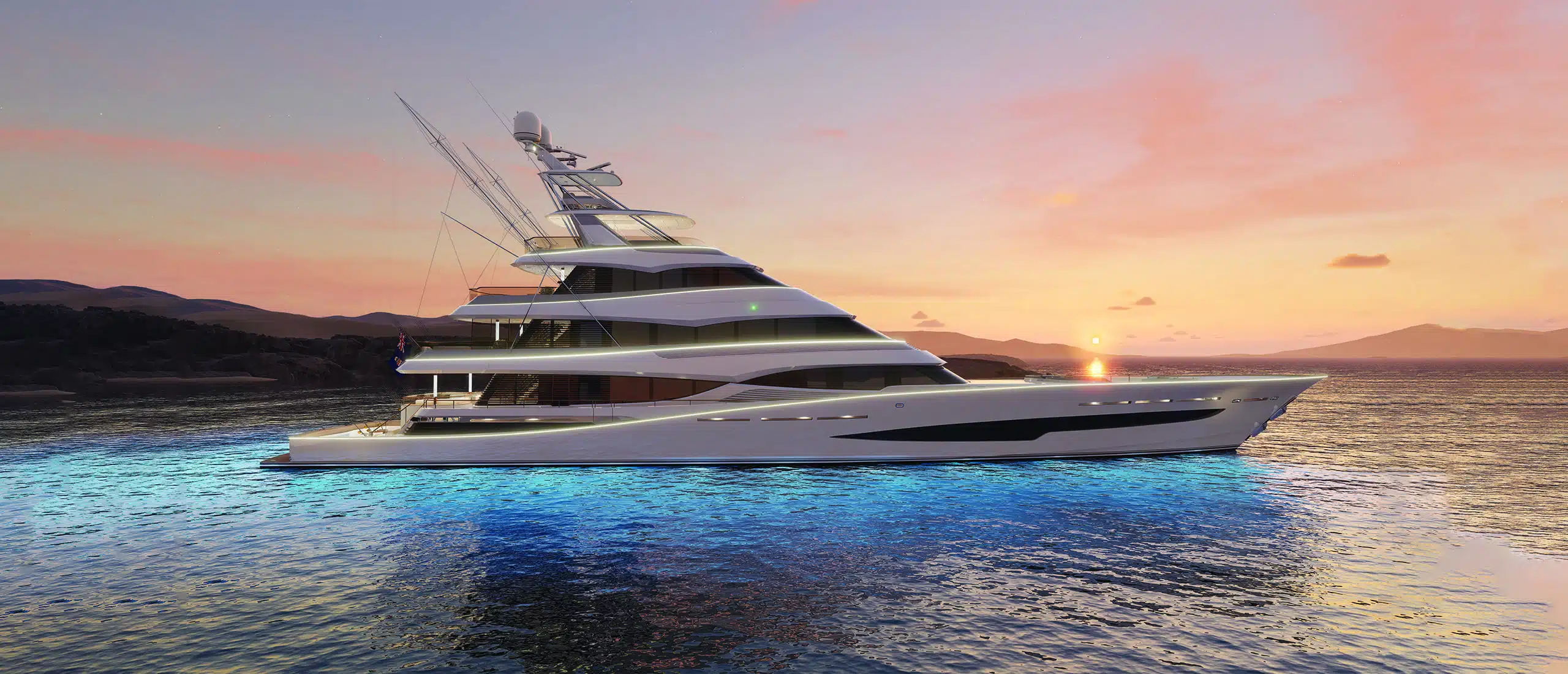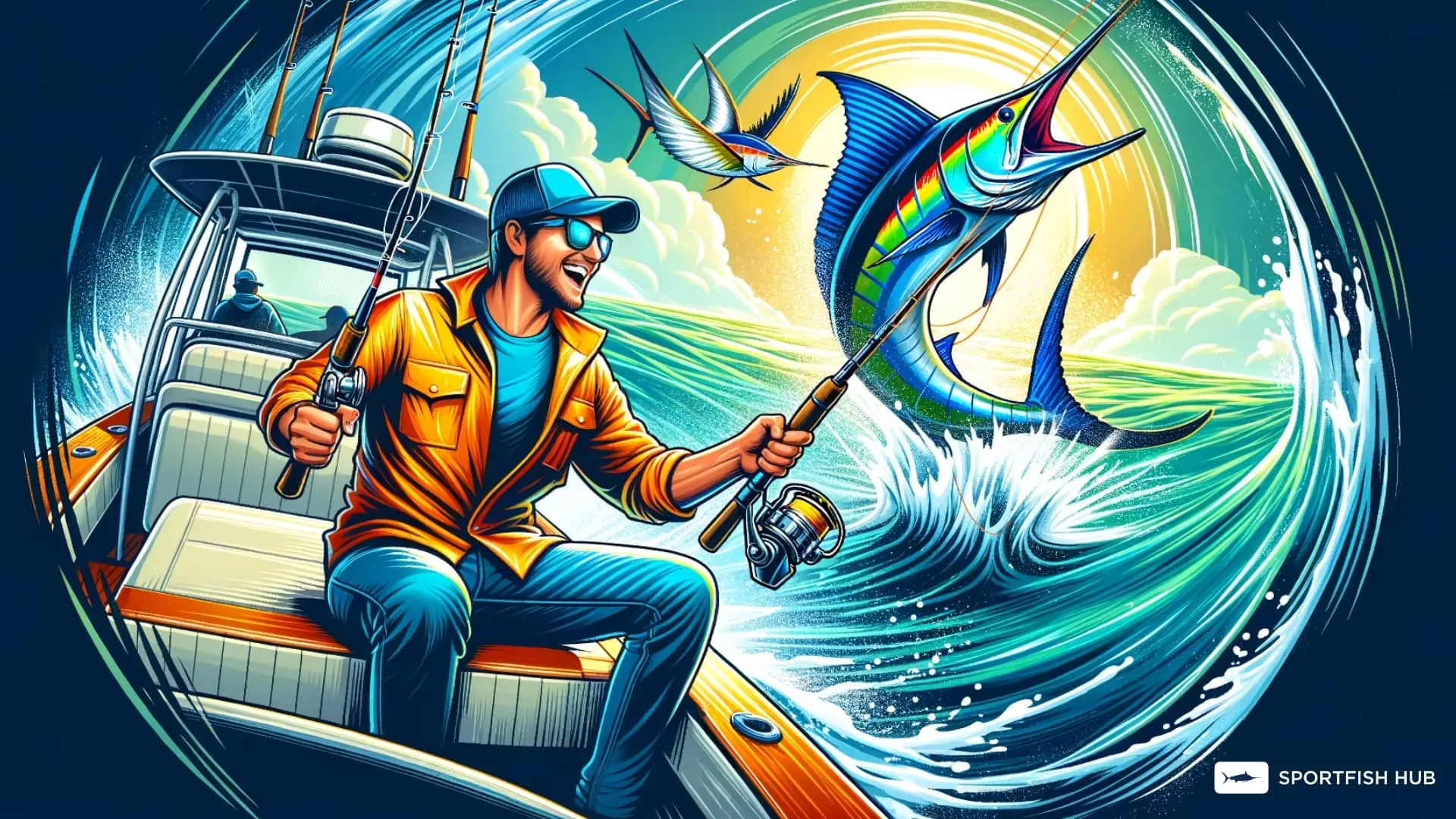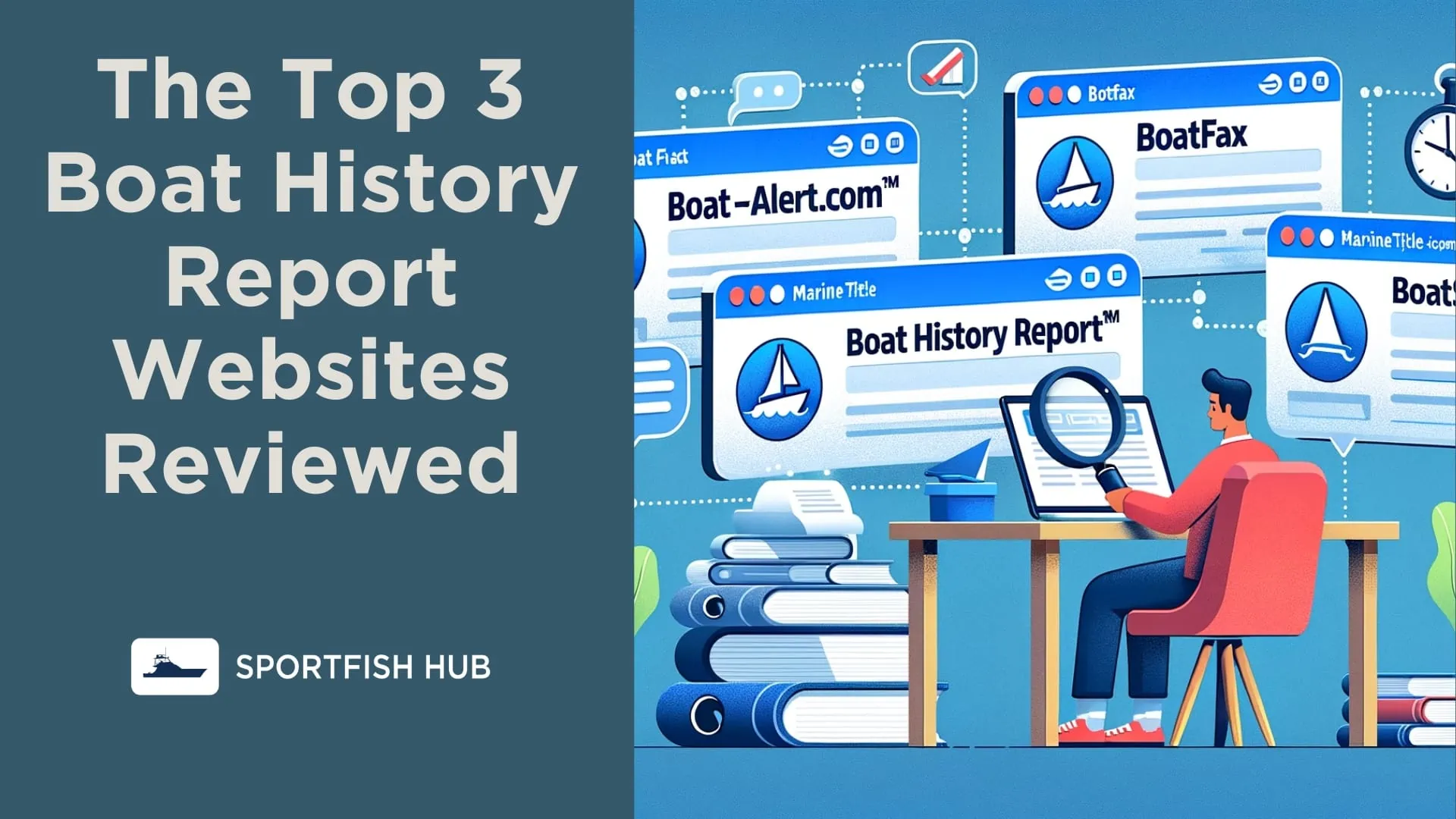Learning how to anchor a boat is a crucial skill that every boater should master.
Anchoring is not only essential if you’re planning a day at the sandbar, but it’s also a necessary skill in emergency situations.
This guide will take you through the step-by-step process of anchoring a boat and provide valuable insights into not only how anchors work but also point out some common mistakes people make while setting their anchors.
Setting You Anchor: 7-Step Guide
| Step | Description |
|---|---|
| 1. Choose the right spot for anchoring | Select an anchoring location with a suitable seabed, adequate water depth, and enough space for your boat to swing without interfering with other boats. |
| 2. Prepare the anchor and rode | Ensure that your anchor and rode (the line connecting the anchor to the boat) are in good condition and suitable for the seabed type. |
| 3. Approach the anchoring spot | Slowly approach the chosen spot with your boat’s bow facing into the wind or current. |
| 4. Lower the anchor | Once you reach the desired position, stop the boat and slowly lower the anchor over the bow to the bottom. Make sure not to anchor from the stern, as this can cause the boat to swamp or capsize. |
| 5. Set the anchor | Slowly back the boat away, letting out the anchor rode as you go. Let out about seven to ten times as much anchor rode as the depth of the water, depending on the wind strength and wave size. |
| 6. Check the anchor set | Once you have let out enough rode, cleat it off securely and back down on the anchor to ensure it is properly set. Keep an eye on nearby landmarks or use electronics to monitor your boat’s position and ensure the anchor is holding. |
| 7. Secure the anchor rode | After confirming that the anchor is set, secure the anchor rode to a bow cleat and run it through chocks to prevent it from interfering with navigation lights or other deck equipment. |
You might also be interested in the following articles:
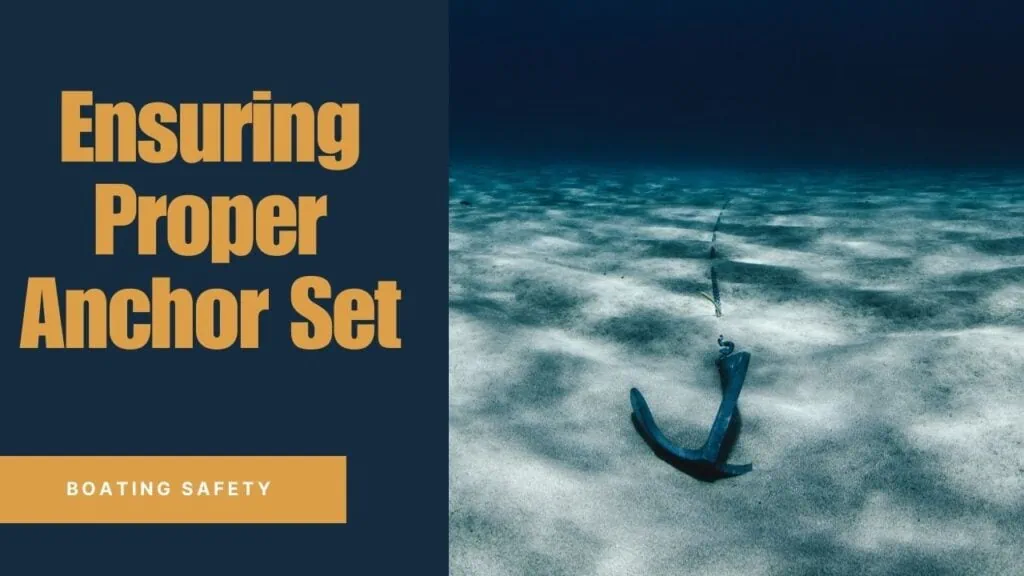
Ensuring Proper Set and Avoiding Drag
Once you’ve set your anchor, it’s crucial to ensure the chain around it remains secure and doesn’t drag along the bottom. Here’s how:
- Monitor movement using landmarks or electronics: Keep an eye on the shoreline or use GPS/chart plotter devices to track your boat’s position. If your boat starts drifting, your anchor may be dragging and require resetting.
- Reset if necessary: If your anchor fails to hold, retrieve it and repeat the process. Adjust your technique or choose a different location to improve the grip.
- Stay vigilant: Continuously monitor your boat’s position and the surrounding environment, especially during changing weather conditions or tidal shifts.
Following these steps, you can securely drop anchor and ensure your safety in various situations. In the following sections, we will discuss specific scenarios, such as anchoring near the shore, overnight, and in a lake. We will also provide information on anchor types, safety tips, and best practices to enhance your overall boating experience.
Common Mistakes
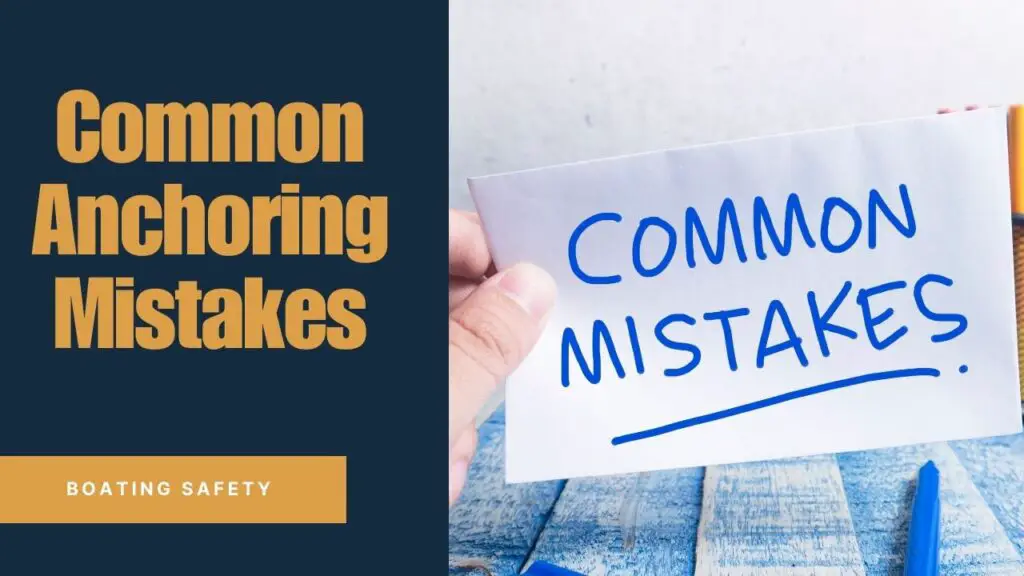
Anchoring a boat may seem straightforward, but boaters make several common mistakes, which can lead to dangerous situations or damage to the vessel. By being aware of these mistakes and learning how to avoid them, you can ensure a safe and enjoyable anchoring experience. In this section, we will discuss some of the most common anchoring mistakes and provide tips on how to prevent them.
1. Insufficient Scope
One of the most common anchoring mistakes is using an insufficient scope, which is the ratio of the length of the anchor rode to the depth of the water. A proper scope ratio ensures that your anchor has enough horizontal pull to dig into the seabed and hold your boat securely. Generally, a scope ratio of 5:1 or 7:1 is recommended, depending on the conditions and type of anchor.
Tip: Always have enough anchor rode on board and adjust the scope based on the water depth, tide, and expected changes in conditions.
2. Not Setting the Anchor Properly
Failing to set the anchor properly is another common mistake that can lead to your boat drifting. A well-set anchor should dig into the bottom and hold firmly, even in changing conditions.
Tip: After dropping the anchor, gently reverse your boat to ensure the anchor digs into the seabed. Watch for any signs of dragging and adjust your setup as needed.
3. Anchoring in Inappropriate Bottom Conditions
Anchoring in areas with soft mud, rocky, grassy, or hard bottoms can lead to poor holding power and increase the risk of your boat drifting.
Tip: Choose an anchoring spot with a sandy or muddy bottom, as these provide the best holding ability for most types of anchors. Use a chart or navigation app to help identify suitable anchoring locations.
4. Ignoring Tide and Wind Changes
Tides and winds can significantly affect your boat’s position and the holding power of your anchor. Ignoring these factors can lead to your boat drifting into hazards or other boats.
Tip: Check tide tables and weather forecasts before anchoring, and be prepared to adjust your anchor rode or move your boat if necessary.
5. Anchoring Too Close to Other Boats
Anchoring too close to other boats can lead to collisions, especially if the boats swing differently or if the wind changes direction.
Tip: Observe the anchoring patterns of other boats in the area, and allow enough space for your boat to swing safely without coming into contact with others.
Boat Anchor Size Chart
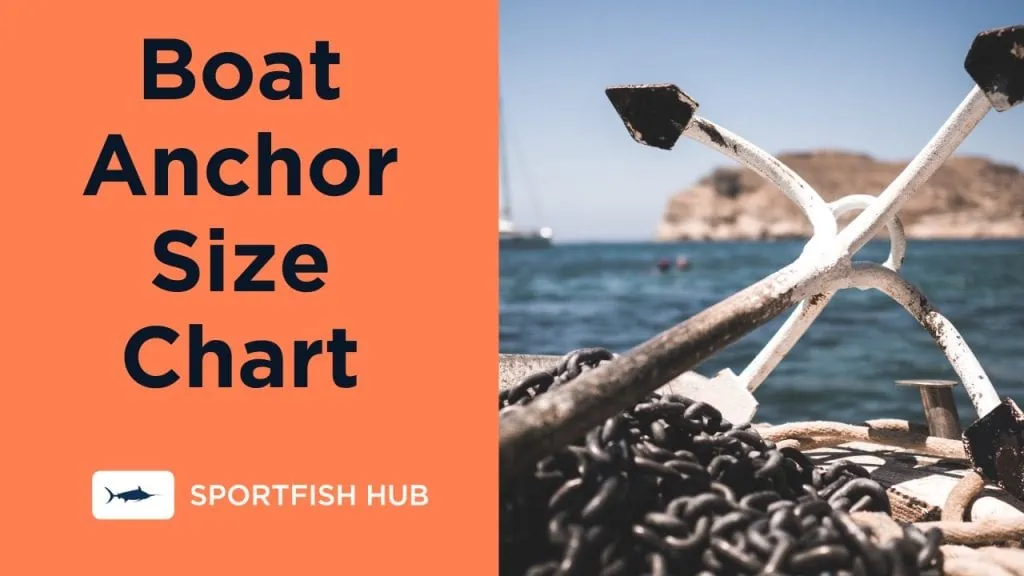
Here is a Fluke/Danforth anchor size chart based on boat length, which provides a rough guideline for selecting the appropriate anchor size for your boat.
Keep in mind that these recommendations are based on average boat characteristics and anchoring conditions. It is always a good idea to consult your anchor manufacturer for specific recommendations.
| Boat Length | Anchor Weight |
|---|---|
| 8-16 ft | 4 lbs |
| 15-25 ft | 8 lbs |
| 26-36 ft | 16 lbs |
| 32-38 ft | 22 lbs |
| 37-43 ft | 33 lbs |
| 42-49 ft | 44 lbs |
You might also be interested in: The best way to retrieve an anchor.
Types of Anchors for Different Conditions
Worried about choosing the correct anchor for your boat or situation? Here are some common anchor types and their applications:
| Anchor Type | Applications |
|---|---|
| Fluke/Danforth | Sandy and muddy bottoms, small to medium-sized boats |
| Plow/CQR | Grassy, rocky, or sandy bottoms, various boat sizes |
| Claw/Bruce | Most bottom types good for rocky areas, and various boat sizes |
| Grapple | Temporary anchoring in rocky or coral areas, small boats |
| Mushroom | Soft mud or silt, mostly for mooring buoys and small boats |
Anchor Safety Tips
Safety should always be your top priority when anchoring a boat. Keep these essential safety tips in mind:
- Never anchor from the stern: Anchoring from the stern can cause your boat to take on water or capsize. Always anchor from the bow.
- Check your surroundings: Be aware of other boats, swimmers, and potential hazards in the area. Maintain a safe distance and respect local regulations.
- Inspect your equipment: Regularly check your anchor, rode, and related gear for signs of wear or damage. Replace or repair as needed.
- Be prepared for emergencies: Know how to react in case of anchor failure or adverse weather conditions. Have a plan in place and ensure all passengers are aware of safety procedures.
FAQ
-
What side of a boat should you not anchor from?
You should never anchor from the stern unless you have already anchored from the bow. Anchoring from the stern of a boat could lead to the boat being swamped with water in rough conditions.
-
What is rule 30 Vessel at anchor?
Rule 30 outlines the lighting requirements for anchored and aground vessels. Vessels at anchor should display white lights, while vessels aground should display red and white lights. Smaller vessels have different requirements depending on their size and location.
-
Where should you avoid anchoring?
As a general rule, you should avoid anchoring in navigational channels, near ferry routes, near underwater cables, and in areas with heavy boat traffic. Additionally, it’s important to avoid anchoring in environmentally sensitive areas, such as coral reefs or seagrass beds. Always be aware of any local regulations or restrictions on anchoring.
-
Why do boats swing at anchor?
Boats will start swinging while anchored due to changing currents or winds around the boat. Different types of boats will also swing more or less than others based on design and weight.
-
Can I use two anchors for extra stability?
Yes, using two anchors can provide extra stability, especially in areas with strong currents or when overnight stays are planned. Make sure to set each anchor at an angle to help prevent them from getting tangled.
-
How do I retrieve an anchor?
To retrieve an anchor, first, release any tension on the anchor line. Then, slowly and steadily pull the anchor up while using a boat winch or windlass if available. Make sure to clean and properly store the anchor once it is on board.
-
What is the proper way to secure the anchor to the boat?
The proper way to secure the anchor to the boat is by attaching it to a bow roller or cleat using an anchor line or chain. Make sure to use appropriate knots or cleat hitches to ensure a secure attachment.

